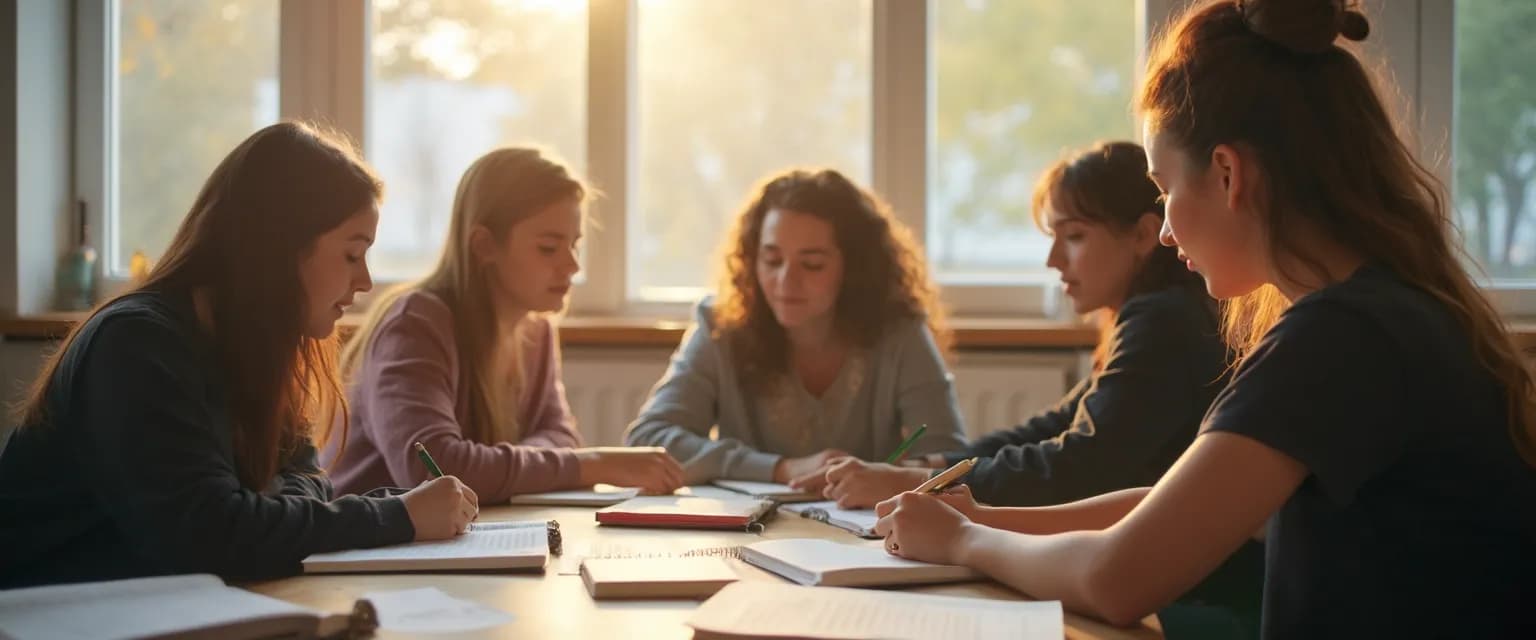5 Classroom Reflection Activities That Boost Student Self-Awareness
Developing self awareness in the classroom creates a foundation for academic success and emotional growth. When students understand their feelings, strengths, and areas for improvement, they engage more deeply with learning and build stronger relationships with peers. Yet finding time for reflection amid packed curricula and standardized testing requirements presents a genuine challenge for educators.
The good news? Research shows that even brief, 5-10 minute reflection activities significantly enhance student focus and engagement. These quick self awareness in the classroom exercises require minimal preparation while delivering maximum impact on both academic performance and classroom atmosphere.
Let's explore five practical, research-backed activities that seamlessly integrate self awareness in the classroom without disrupting your teaching schedule. These techniques help students develop emotional intelligence while supporting their learning journey.
Quick Self-Awareness in the Classroom: The First 3 Activities
Implementing effective self awareness in the classroom doesn't require extensive time or preparation. These first three activities take just minutes but create lasting impact on how students understand themselves and their learning process.
1. Emotion Check-In Circle
This 5-minute activity helps students recognize and name their feelings at the start of class. Students briefly share their current emotional state using simple terms or a 1-5 scale. For younger students, emotion cards with faces or colors work well.
The benefit? Students who identify their emotions show improved self-regulation and classroom participation. This quick check-in normalizes emotional awareness and gives you valuable insight into your students' readiness to learn.
2. Strength Spotlight
This activity helps students identify their unique capabilities through brief partner discussions. Students take turns sharing one strength they bring to a group project or classroom discussion. The listening partner offers a specific example they've observed of this strength in action.
This positive reinforcement technique builds confidence while developing self awareness in the classroom. Research shows students who recognize their strengths approach challenges with greater resilience.
3. Growth Mindset Moment
In this 3-minute reflection, students identify one specific area where they've improved recently. They complete the sentence: "Last week I couldn't ___, but now I can ___." This simple exercise shifts focus from fixed abilities to growth potential.
By regularly practicing this self awareness in the classroom technique, students develop the habit of recognizing their progress rather than focusing solely on end results.
Advanced Self-Awareness in the Classroom: 2 More Powerful Activities
Building on the foundation of basic self-awareness exercises, these next two activities deepen students' reflective practice while still fitting into busy classroom schedules.
4. Reflection Exit Ticket
This quick written activity serves as both an assessment tool and a self-awareness builder. In the final 3-5 minutes of class, students respond to prompts like:
- One thing I learned today that connects to something I already knew
- A question I still have about today's lesson
- How I contributed to our learning community today
This structured reflection helps students process learning experiences while developing metacognitive skills essential for academic success. The exit tickets also provide valuable feedback on your teaching effectiveness.
5. Mindful Minute
This brief practice develops present-moment awareness that enhances focus and reduces classroom stress. Students spend just 60 seconds noticing their breathing, physical sensations, or sounds in the environment.
This self awareness in the classroom technique helps students transition between activities while building attention skills that benefit all academic areas.
Integrating Self-Awareness in the Classroom: Making It a Daily Practice
For maximum impact, establish a consistent routine for these reflection activities. Consider implementing a different self awareness in the classroom exercise each day of the week, creating predictability while maintaining variety.
Adapt activities for different age groups by simplifying language for younger students or adding complexity for older ones. For example, middle and high school students might analyze how emotions affect their academic performance, while elementary students focus simply on naming feelings.
Measure growth in student self-awareness through observation and periodic self-assessments. Celebrate improvements by acknowledging when students demonstrate increased emotional intelligence or reflective thinking.
By making these brief self awareness in the classroom activities part of your daily routine, you'll cultivate students who understand themselves as learners and develop emotional skills that benefit them far beyond the classroom walls.




